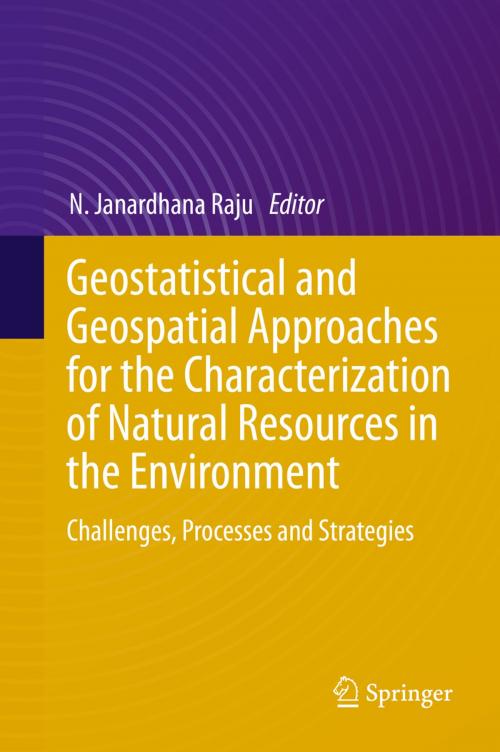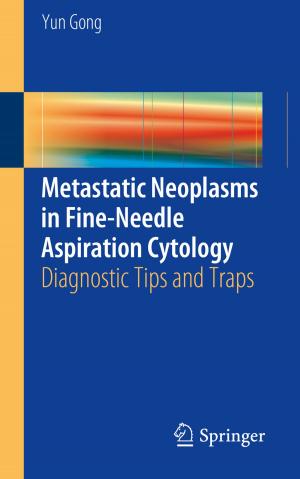Geostatistical and Geospatial Approaches for the Characterization of Natural Resources in the Environment
Challenges, Processes and Strategies
Nonfiction, Science & Nature, Mathematics, Applied, Science, Earth Sciences, Geology| Author: | ISBN: | 9783319186634 | |
| Publisher: | Springer International Publishing | Publication: | November 30, 2015 |
| Imprint: | Springer | Language: | English |
| Author: | |
| ISBN: | 9783319186634 |
| Publisher: | Springer International Publishing |
| Publication: | November 30, 2015 |
| Imprint: | Springer |
| Language: | English |
These proceedings of the IAMG 2014 conference in New Delhi explore the current state of the art and inform readers about the latest geostatistical and space-based technologies for assessment and management in the contexts of natural resource exploration, environmental pollution, hazards and natural disaster research. The proceedings cover 3D visualization, time-series analysis, environmental geochemistry, numerical solutions in hydrology and hydrogeology, geotechnical engineering, multivariate geostatistics, disaster management, fractal modeling, petroleum exploration, geoinformatics, sedimentary basin analysis, spatiotemporal modeling, digital rock geophysics, advanced mining assessment and glacial studies, and range from the laboratory to integrated field studies.
Mathematics plays a key part in the crust, mantle, oceans and atmosphere, creating climates that cause natural disasters, and influencing fundamental aspects of life-supporting systems and many other geological processes affecting Planet Earth. As such, it is essential to understand the synergy between the classical geosciences and mathematics, which can provide the methodological tools needed to tackle complex problems in modern geosciences.
The development of science and technology, transforming from a descriptive stage to a more quantitative stage, involves qualitative interpretations such as conceptual models that are complemented by quantification, e.g. numerical models, fast dynamic geologic models, deterministic and stochastic models. Due to the increasing complexity of the problems faced by today’s geoscientists, joint efforts to establish new conceptual and numerical models and develop new paradigms are called for.
These proceedings of the IAMG 2014 conference in New Delhi explore the current state of the art and inform readers about the latest geostatistical and space-based technologies for assessment and management in the contexts of natural resource exploration, environmental pollution, hazards and natural disaster research. The proceedings cover 3D visualization, time-series analysis, environmental geochemistry, numerical solutions in hydrology and hydrogeology, geotechnical engineering, multivariate geostatistics, disaster management, fractal modeling, petroleum exploration, geoinformatics, sedimentary basin analysis, spatiotemporal modeling, digital rock geophysics, advanced mining assessment and glacial studies, and range from the laboratory to integrated field studies.
Mathematics plays a key part in the crust, mantle, oceans and atmosphere, creating climates that cause natural disasters, and influencing fundamental aspects of life-supporting systems and many other geological processes affecting Planet Earth. As such, it is essential to understand the synergy between the classical geosciences and mathematics, which can provide the methodological tools needed to tackle complex problems in modern geosciences.
The development of science and technology, transforming from a descriptive stage to a more quantitative stage, involves qualitative interpretations such as conceptual models that are complemented by quantification, e.g. numerical models, fast dynamic geologic models, deterministic and stochastic models. Due to the increasing complexity of the problems faced by today’s geoscientists, joint efforts to establish new conceptual and numerical models and develop new paradigms are called for.















